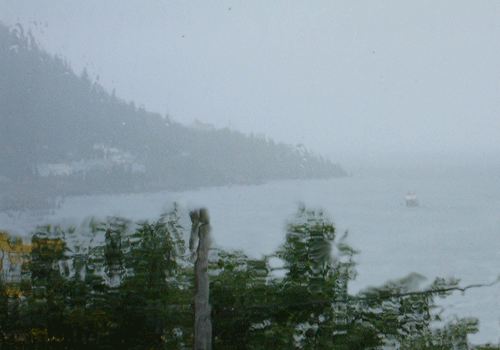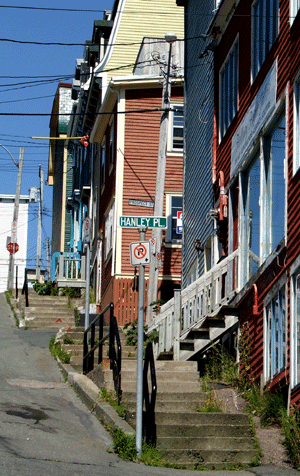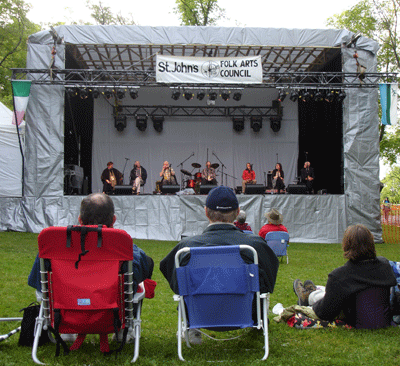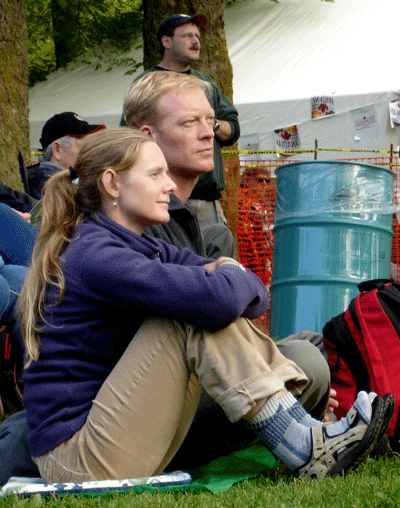Tales of a 21st Century Gypsy
August 5, 2006. St. John's in the Fog
My first day in Newfoundland I went to the folk festival, and that made all the difference. I arrived early in the morning, after a fifteen-hour ferry trip from Nova Scotia. I’d planned to head south to a bird sanctuary, where gannets, murres, and kittiwakes come ashore to nest by the thousands, if not the hundreds of thousands. But it was foggy and raining as I pulled off the ferry and drove up the road to the visitor center that opened up at six in the morning just for our arrival.

I milled around the center – can one person mill around, or do there have to be many? Whatever. Anyway, half the folks from the ferry were milling around the center. I picked up maps, books, brochures about craft centers, and fliers about events. I pored over the map, and considered calendars of music festivals around the island. The rain got harder.
I noticed a folk festival in St. John’s that weekend, and a chamber music concert at the bird sanctuary that evening. The fog deepened.
Finally I decided that in such weather the city was more manageable than a bird sanctuary. So I put up my hood, dashed out to Matilda, and headed up the road to St. John’s, windshield wipers flapping frantically and ineffectively at the water coursing down in front of me.


